Matthew Murrie's Blog, page 11
April 7, 2021
What If 21st Century Values Attract 21st Century Skills?
What if 21st Century Values can attract 21st Century Skills?
What if the Corporation of Tomorrow attracts workers highly proficient in 21st Century Skills because it does business by adhering to 21st Century Values?
What are 21st Century Values? What if, like the Corporation of Tomorrow, today is the time to get curious which values the Corporation of Tomorrow needs in order to have a workforce of the most 21st century skilled employees as possible? Because, what if the worker of tomorrow chooses to work for the Corporation of Tomorrow based on values over paycheck?
Sure, values such as honesty, integrity, and respect are sure to hold value, but what if there are also emerging values that may sound strange today, but come standard for the Corporation of Tomorrow, values such as camaraderie, connection, and opportunities for independent learning or discovery?
Whatever these 21st Century Values may be or become, it will be curious to see how the Corporation of Tomorrow can capture their value to not only drive business growth, but also worker satisfaction, company guidance, and community enhancement.
Until then, how can you, your colleagues, employees, or whomever start exploring and implementing what the 21st Century Skills for the Corporation of Tomorrow?
We'll be exploring questions like these live with curious people from all over the world to connect and collaborate in building the Corporation of Tomorrow (along with the School of Tomorrow), today!
Want to stay curious? What if you feed your curiosity and the Corporation of Tomorrow!

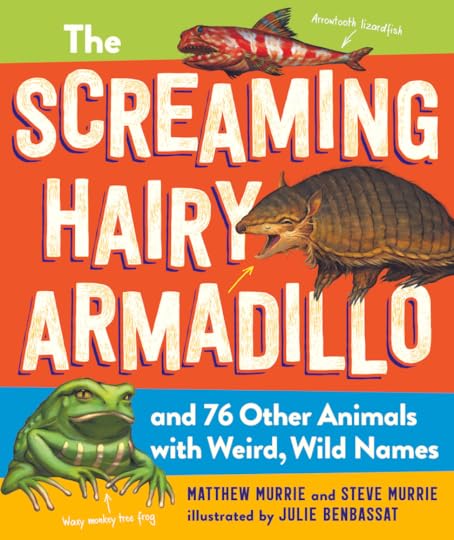
Thank you for your curiosity and stay curious with more Curiosity-Based Learning content and activities from What If Curiosity!
April 6, 2021
What If You Teach Like an Octopus?
Curious what it would be like to enhance your teaching by eight?
Curious about octopuses? Curious about teaching? Curious about both?!
Already know all there is to know about octopuses? Wonderful! Need a little refresher before we begin this Curiosity-Based Learning activity to turn you into a half-human, half-octopus, half-hybrid educator-animal? Take a minute to rekindle your curiosity with the Wonderful Wunderpus.
What if you woke up one day to discover you were now an octopus?
1 What are 8 things you'd be excited about?
2 What are 8 things you'd be most concerted about?
3 What if teachers had 8 arms? Describe (in a single sentence) how they would use each arm.
4 What 8 characteristics about octopuses are you the most curious to learn more about?
5 What if different species of octopuses taught different school subjects? Assign 8 different species of octopuses to 8 different subjects being taught at your school.
6 How would you overcome the underwater/out of water barrier between you, the octopus teacher and your still-human students?
7 What are 8 things you are most excited to learn from an octopus?
8 What if, instead of becoming an octopus, you taught with an octopus? What are 8 ways that would be the best?
Keep getting curious about animals with The Screaming Hairy Armadillo and it's free Educator's Guide!


Thank you for your curiosity, stay curious, and let your curiosity lead your learning with more Curiosity-Based Learning content and activities from What If Curiosity!
April 5, 2021
What If the Corporation of Tomorrow Starts with Curiosity?
Curious how curiosity contributes to the Corporation of Tomorrow?
For as long as the Corporation of Tomorrow is at least another day away, we're free to consider what it could be and create what it will be without restraint. We're also able to collaborate, discover, and design whatever it will be.
Why build for the Corporation of Tomorrow with curiosity?
What if curiosity...
... is a guide in uncertainty?
... is an empathy tool?
... helps manage work-related stress?
... creates team cohesion?
... guides decisions with hypotheses instead of assumptions?
... can bend time?
... can help approximate the future?
... is quantum computing for human thinking?
What if this is just the start? Because these are things we already know curiosity can do.
Excited to exploring and demonstrate the Corporation of Tomorrow is a structure to use curiosity to drive strategy as a living document for success.
Want to stay curious? What if you feed your curiosity and the Corporation of Tomorrow !


Thank you for your curiosity and stay curious with more Curiosity-Based Learning content and activities from What If Curiosity!
April 2, 2021
What If Innovation Requires Exercise?
What if working out your curiosity can help you innovate, create, and make better decisions 24/7?
What if curiosity is the most valuable muscle in the game of innovation?
Great things come to those who take action.
How are you working out your curiosity? Where are you going for your workouts? How long and often are your workouts? When are you working out your curiosity? What's your favorite curiosity exercise?
What if there were simple exercises you can do regularly to get you ready for great actions to come?
What if the Corporation of Tomorrow doesn't just have a gym for lifting waits for its employees, but a gym to exercise the curiosity of it's employees? I'd be curious:
Where in the Corporation of Tomorrow would this gym be located?
When would employees of the Corporation of Tomorrow be allowed, directed, required, and/or open to exercise their curiosity?
What is a book to be included, image to be hung, and song to be played in the curiosity gym of the Corporation of Tomorrow?
We'll be exploring these questions and more through the Corporation of Tomorrow by applying What If Curiosity's Curiosity-Based Learning process (as detailed in our Manifest Curiosity) to past, present, and future trends that can inform, direct, and create a better world through the Corporation of Tomorrow.
Want to stay curious? What if you feed your curiosity and the Corporation of Tomorrow!


Thank you for your curiosity and stay curious with more Curiosity-Based Learning content and activities from What If Curiosity!
March 31, 2021
Curiosity and the Corporation of Tomorrow
What if curiosity is the cornerstone to the Corporation of Tomorrow?
The Corporation of Tomorrow is a series of blogs, seminars, and other engagements created by What If Curiosity designed for Executives, Innovation Officers, and ascending employees that takes a curiosity-based approach to combine formal training and real-world practice.
The Corporation of Tomorrow invites you to interact with future trends from AI to the blockchain to teacher-less learning and self-driving cars by using Curiosity-Based Learning to not only learn about what the future holds, but take actions to approximate that future in order to create future advantages from it, today.
We'll be exploring ideas and designing actions on possibilities like:
* What if innovating a simple best practice that eliminates steps in administrative, bureaucratic, or production processes can save an organization millions of dollars?
* What if it’s a process problem, not a personnel problem?
* What if the corporation of tomorrow is the corporation of yesterday?
* What if your local community (and the planet) is also a shareholder in the corporation of tomorrow?
* What if you can innovate from the good (not just the bad)?
* What if learning like a kid can help you lead like a leader?
* What if all innovation wasn’t centered around problems?
* What if organizations can also innovate what’s already good into what’s going to be better?
Want to stay curious? What if you feed your curiosity and the Corporation of Tomorrow!


Thank you for your curiosity and stay curious with more Curiosity-Based Learning content and activities from What If Curiosity!
March 22, 2021
The Wonderful Wonderpus
What if all animals were as wonderful as the wonderpus?!

What: Wunderpus is the genus name for a wonder-inspiring octopus, the Wunderpus photogenicus, commonly known as, wonderpus.
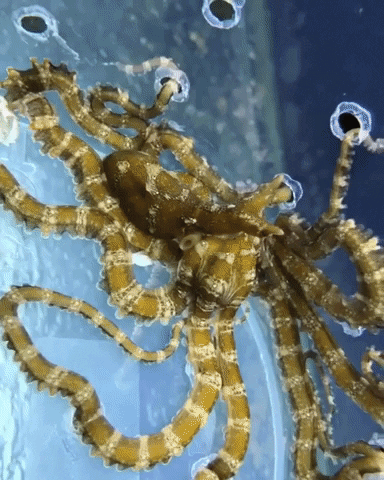
Who: Divers in the shallow waters surrounding Vanuatu, Papua New Guinea, Indonesia, Mtaylasia, and the Philippines love discovering a wonderpus during a dive!
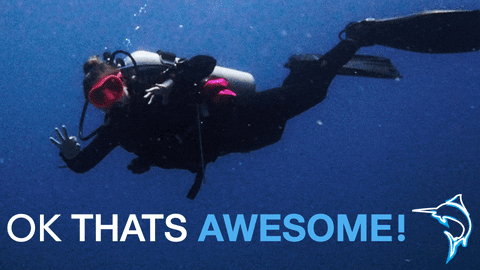
When: When the wonderpus is threatened by predators, the wonderpus changes its copper-brown color with white stripes and spots into the colors of its surroundings to disappear in the blink of an eye.
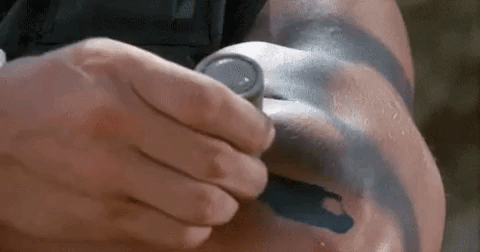
Where: The "wunder" in "Wunderpus" comes from the German word for "wonder," wunder.
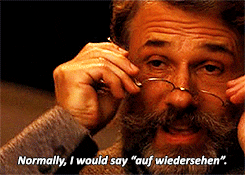
How: How does a wonderpus change its colors? Find out in The Screaming Hairy Armadillo!

Why: Why the wonder? Just take a look at it! Keep in mind, in addition to all the super, cool wonderpus-specific characteristics, the wonderpus is also an octopus, so it also possess most of the same wonderful characteristics of other octopuses.
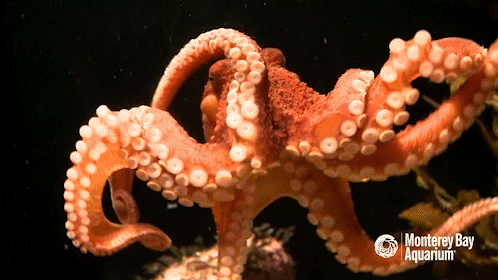
Huh: How can you tell two wonderpuses apart? Compare the patterns of white spots on top of their Y-shaped heads--now two wonderpuses have the same pattern.

Wow!: Not only can the wonderpus change colors, it can also change textures! This gives it a 3D camouflage ability that enhances the wonderpus's ability to blend in with its surroundings to hide from predators.
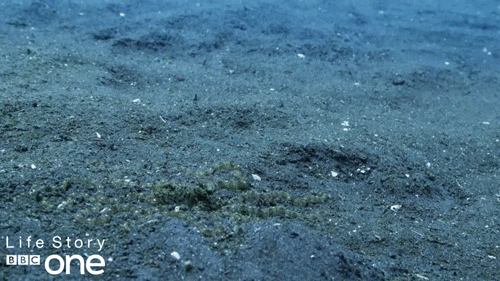
Keep getting curious about animals with ,The Screaming Hairy Armadillo and it's free ,Educator's Guide!


Thank you for your curiosity, stay curious, and let your curiosity lead your learning with more Curiosity-Based Learning content and activities from What If Curiosity!
* Cover photo credit: https://www.flickr.com/photos/q-phia/35023785945
February 4, 2021
What If the Strength of this Beetle is Legendary?
A beetle so strong, it's named after the strongest man on earth!

What: The hercules beetle is believed to be the strongest beetle on the planet!

Who: Another Herculean achievement! The hercules beetle's name isn't only mythological, it's also scientific! Dynastes hercules is what scientists scientifically call the commonly named, hercules beetle.

When: When do hercules beetles use the huge horn on their heads? They use it to attack and hide! Learn more how the hercules beetle uses its horn to survive in ,The Screaming Hairy Armadillo!
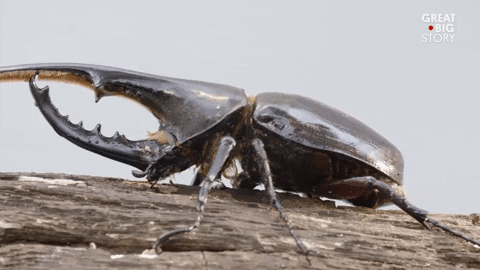
Where: The hercules beetle lives in the tropical rainforests of Central and South America on the other side of the planet from where the mythological Hercules lived out his legend.

How: How strong are the hercules beetles? Hercules beetles are strong enough to throw objects 850 times their own weight!

Why: With a horn like that, why is the hercules beetle not called the rhinoceros beetle? It is! What new name would you give the hercules/rhinoceros beetle?
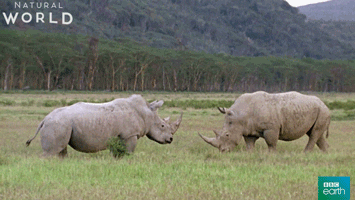
Huh?: What if moths and butterflies aren't the only animals that make and use cocoons? During their development the hercules beetle pass through a larva stage on their way be becoming a fully realized beetle--speaking of "passing through," hercules beetles don't spin silk for the pupa chambers in their cocoons like moths do; they use their own poo!

Wow!: Wait... let's dig deeper into that whole thing about hercules beetles being able to throw around 850 times their own weight: if you had "hercules beetle strength" you would be able to lift nine elephants!
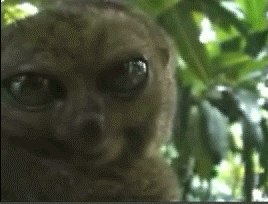
Keep getting curious about animals with ,The Screaming Hairy Armadillo and it's free ,Educator's Guide!


Thank you for your curiosity, stay curious, and let your curiosity lead your learning with more Curiosity-Based Learning content and activities from What If Curiosity!
January 31, 2021
What If There're Ghosts in the Water!
As if the deepest depths of the ocean aren't spooky enough!
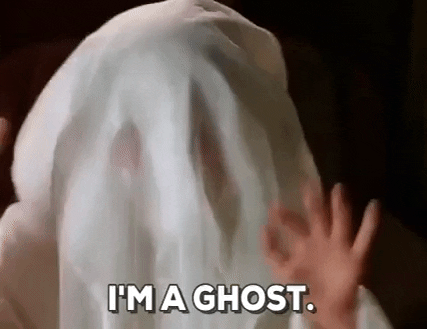
What: The Australian Ghost Shark is spooky looking shark with a strange snout.

Who: Who is the "real" Australian ghost shark? Currently, Callorhinchus milii, goes by the Australian ghost shark; over the years, it has gone by names like the elephant shark and the plough-nose chimera.
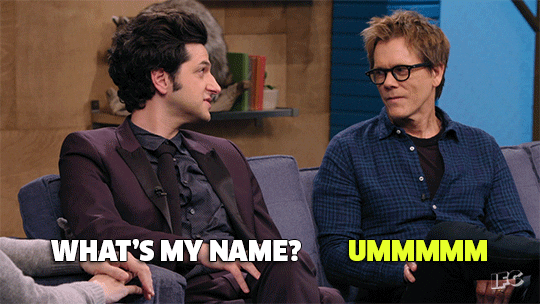
When: When you've survived on the planet for millions of years like the Australian ghost shark, scientists call you a "living fossil."
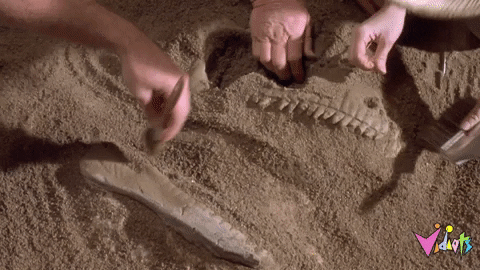
Where: Australian ghost sharks aren't just Australian! They stalk the waters around south Australia... and New Zealand.

How: Australian ghost sharks don't have a very scary bite, so how do they put fear in those who might try to spook it? Australian ghost sharks have a venomous stinger on their dorsal fin. Ouch!

Why: Why do Australian ghost sharks have snouts like elephants? They use their snouts to root out small animals to eat by using their snouts to dig around on the sea floor.
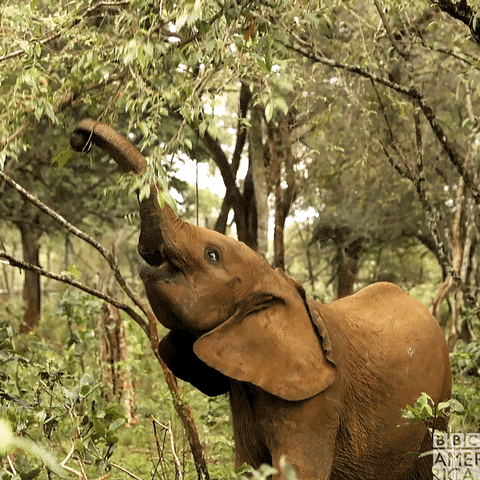
Huh?: Are there other ghosts in the oceans? The Australian ghost shark isn't the only ghost shark named after where it swims, the Bahamas ghost shark creeps the waters around the Bahamas.
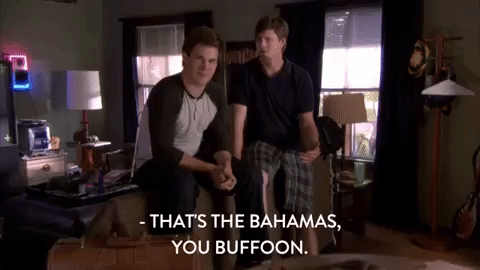
Wow!: The Australian ghost shark looks like a mashup between a shark and an elephant. What other animals in The Screaming Hairy Armadillo do you think look like a mashup between two or more animals--and what new name would you give them?

Keep getting curious about animals with ,The Screaming Hairy Armadillo and it's free ,Educator's Guide!


Thank you for your curiosity, stay curious, and let your curiosity lead your learning with more Curiosity-Based Learning content and activities from What If Curiosity!
*Cover Photo © Doug Perrine
January 27, 2021
Get Curious About the Largest Lizard in the World!
What if the Komodo dragon is the closest thing Earth has to a mythological dragon?
[image error]What: Komodo dragons are dragons that secret venom from their mouths instead of fire.
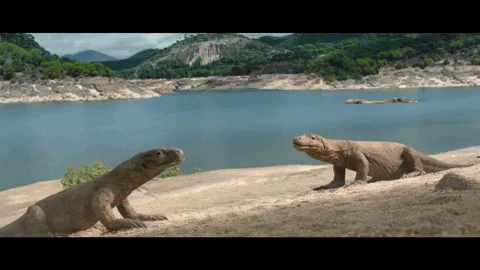
Who: The humans who share a habitat with Komodo dragons call the Komodo dragon, ora, buaya darat which translates to,"land crocodile."
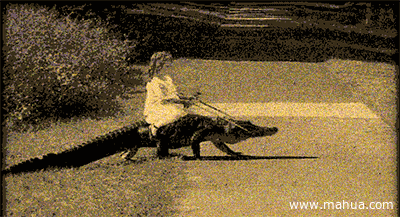
When: "When a Komodo dragon bites prey with its large, serrated teeth, the venom produced by glands in its mouth can put the prey into shock by lowering it blood pressure, slowing its heartbeat, and preventing its blood from clotting." from The Screaming Hairy Armadillo

Where: Komodo dragons live on a few Indonesian islands, including Komodo Island, duh!

How: How do Komodo dragons smell? With their tongues, of course!
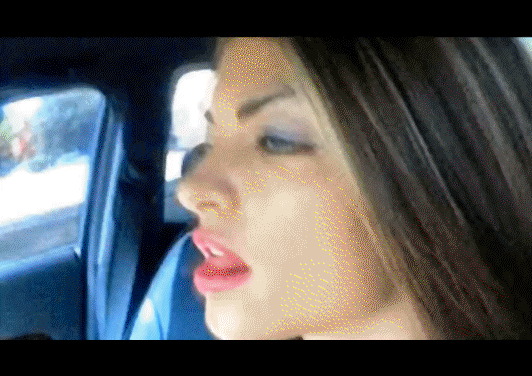
Why: Why are Komodo dragons so fierce? They have a pretty traumatic childhood: from the moment they crawl out of their egg until the time they are about four years old, they are in constant threat of being eaten... by other Komodo dragons!

Huh?: Not so fast! Komodo dragons are as slow and clumsy as they are powerful and ferocious; instead of pursuing fast food, they prefer to wait patiently for their prey to pass by.

Wow!: Komodo dragons can eat up to 80% of their own body weight in a single feeding!

Keep getting curious about animals with ,The Screaming Hairy Armadillo and it's free ,Educator's Guide!


Thank you for your curiosity, stay curious, and let your curiosity lead your learning with more Curiosity-Based Learning content and activities from What If Curiosity!
January 22, 2021
What If Dragons Are Real...and They Really Fly!
Getting curious about flying dragons!
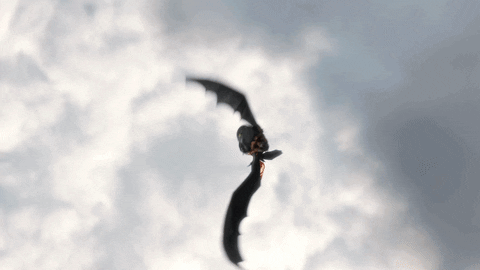
What: Flying dragons are lizards that don't breath fire but do glide through the air.
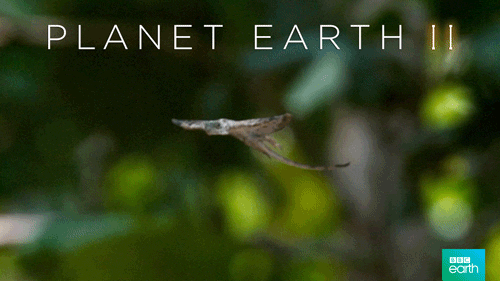
Who: Who's slaying who? Since flying dragons grow to a whopping 9 inches long (including the length of their tail), they spend most of their lives up in the tops of trees to avoid the snakes and larger lizards below who feast on rather than fear flying dragons!
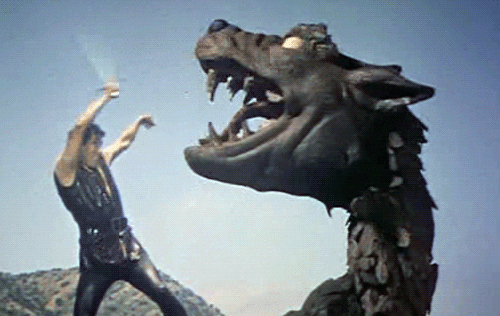
When: When all you eat are insects like the flying dragon, scientists label you an insectivore.
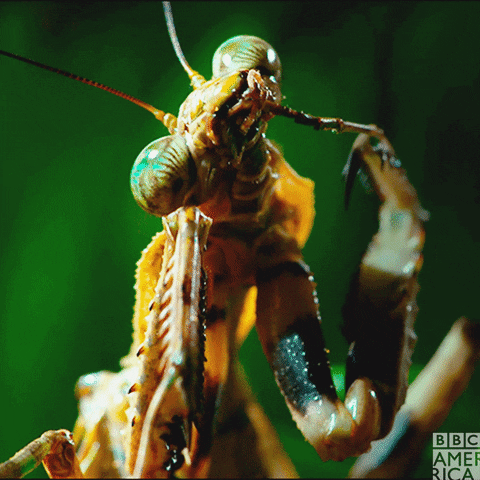
Where: Flying dragons live in the tropical rainforests of Southeast Asia.
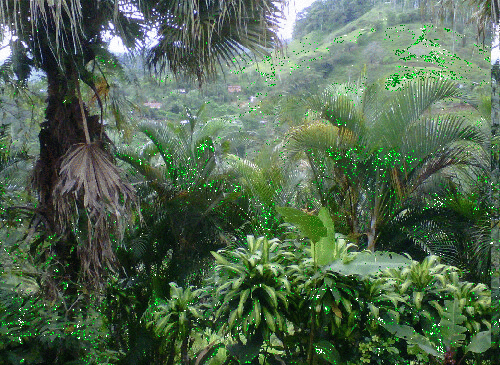
How: How do flying dragons fly? They stick out their ribs, extend their front legs and use their patagium to glide through the air. What's a patagium? Find out in ,The Screaming Hairy Armadillo!

Why: Why are these lizards called dragons? Draco volans, commonly named the flying dragon, is a member of the genus Draco (dragon).
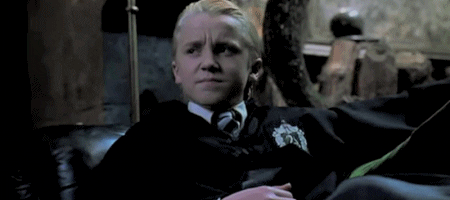
Huh?: Wait, do these dragons really fly? Technically, they "glide" rather than "fly. What's the difference between gliding and flying? Gliders do not flap their wings... or patagia.
[image error]Wow!: Mommies come first in the flying dragons' world. After laying their eggs in a hole in the ground, moms get the heck out of there after a day so they won't get eaten by the truly ferocious predators on the jungle floor. Their babies after they hatch? Only the fastest baby flying dragons ever take flight!

Keep getting curious about animals with ,The Screaming Hairy Armadillo and it's free ,Educator's Guide!


Thank you for your curiosity, stay curious, and let your curiosity lead your learning with more Curiosity-Based Learning content and activities from What If Curiosity!



